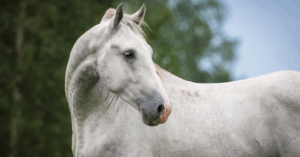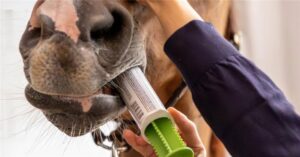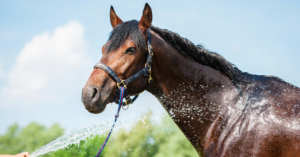
Gastro Pellet: Stomach Well-being Starts in the Mind
Anyone who spends every day around horses knows it well:…
Feed and products in 25kg bags excluded
Bank transfer | Paypal | Credit cards

Is your horse in good shape?
Assessing your horse’s physical condition and determining whether it’s underweight, overweight, or in ideal shape is not always easy, as such evaluations often rely on subjective judgment. That’s why a standardised, simple, and intuitive tool is available: the Body Condition Score (BCS).
The BCS is a 1-to-9 scale that helps assess a horse’s body condition by examining the amount of fat present in specific areas of the body. It’s a straightforward yet essential tool for anyone who cares about their horse’s health. Learning how to assign and regularly monitor your horse’s BCS gives you a clear and immediate insight into their physical condition.
Let’s take a closer look at what the BCS is, how it’s evaluated, and why it’s so important for your horse’s overall health and well-being.
What Is the Body Condition Score?
The Body Condition Score is a numerical system, typically from 1 to 9 (based on the widely used Henneke method), where:
How is BCS assessed?
To determine your horse’s BCS, it’s essential to observe, touch, and evaluate six key areas of the body:
Tailhead
For example:

Why Is BCS Important?
Maintaining a healthy BCS is not just about appearance; it’s fundamentally about health. Here’s why:
Underweight horses may:
Overweight horses are at risk of:
What Is the Ideal BCS?
The ideal BCS depends on factors such as the horse’s age, breed, and activity level. However, for most horses, a score between 4 and 5 is optimal:

Anyone who spends every day around horses knows it well:…

Intestinal parasites are a common and often underestimated problem in…

As September approaches, the quality and nutritional composition of pastures…

As September approaches, the quality and nutritional composition of pastures…

With the arrival of warmer weather, the competition calendar gets…

The importance Assessing your horse’s physical condition and determining whether…